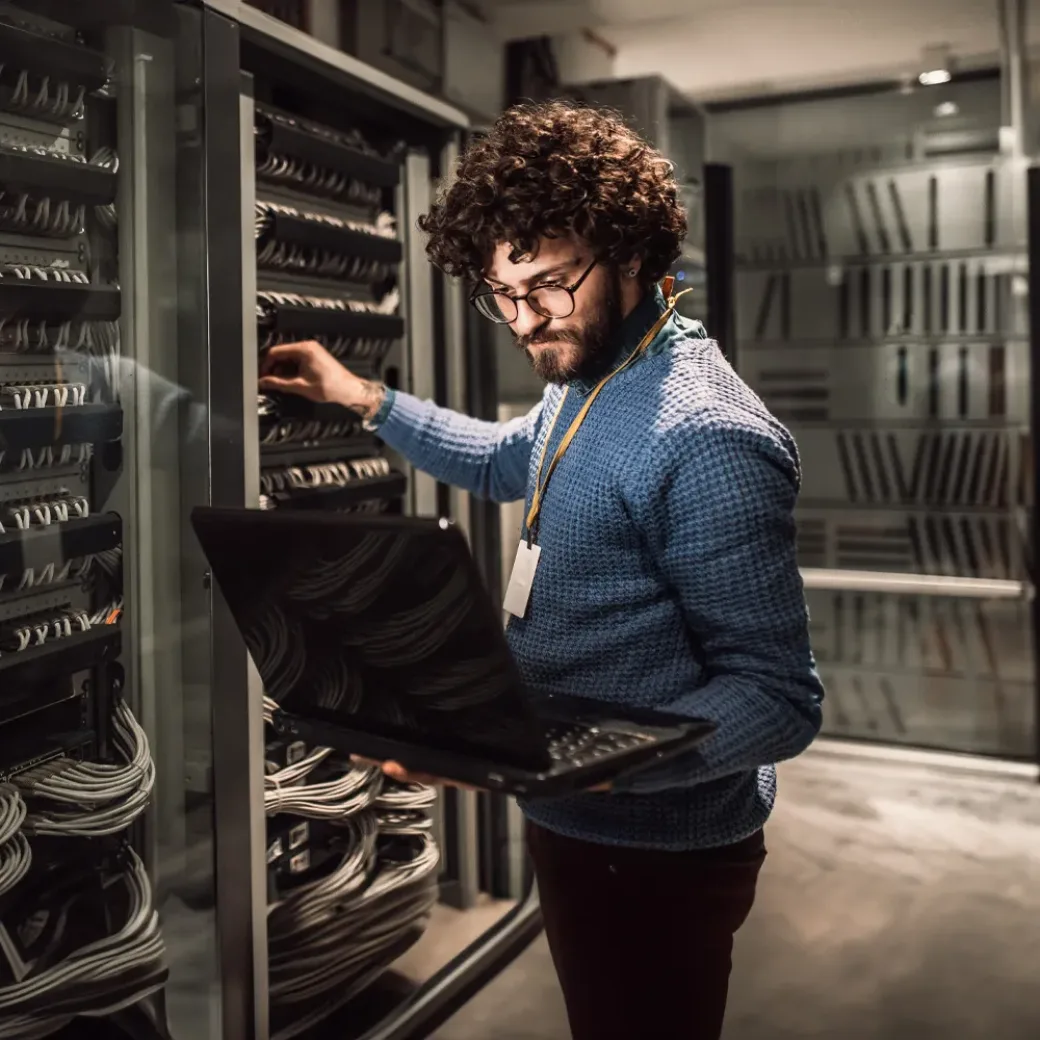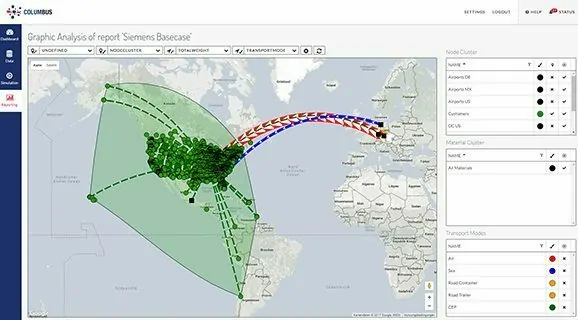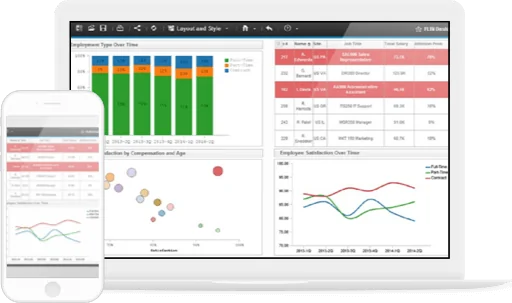“The challenge was: We wanted better service for our customers, to reduce complaints, improve performance – adherence to delivery schedules and availability – we wanted to increase the turns and serve our customers better than previously,” said Hermann at the presentation of the project at the SCM congress Vision-Days 2017 in Munich. The question that people wanted to investigate against the background of this challenge and with the help of Wassermann AG and its “COLUMBUS” scenario software was: “Why don’t we deliver to our distributors directly from Germany?”
With COLUMBUS, it is possible to simulate logistics network planning scenarios in detail. For Siemens AG Digital Factory Control Products, the data for three scenarios was fed into the software. First, the actual situation was mapped as a reference. The team selected drop shipments as the second scenario, thus omitting the Southaven distribution center completely. The third scenarios provides keeping only 200 fast-selling items, delivered by ship, in stock in the USA.
Two details of the actual situation: Due to the small size of the products, sea freight did not previously play a role. Air freight at economy rates dominated. Approximately 20,000 deliveries per year were already being sent directly from Amberg to American customers. This was an important argument for doing away with or limiting the storage in the Siemens Distribution Center. Hermann emphasized: “We also wanted our Sales colleagues to be on board. Not that logistics does anything that is counterproductive for sales.”
For the simulation in COLUMBUS, several thousand pieces of customer data were imported, thousands of pieces of product data, and several hundred thousand pieces of transaction data, including quantities and weights. From its experiential values from other projects, Wassermann contributed handling costs and picking. “On this basis, the COLUMBUS scenario software allows us to make a whole series of interesting evaluations,” says Dr. Christoph Pitzl, Managing Consultant at Wassermann AG. Therefore it emerged, for example, that the previous sharing of the group warehouse in Southaven – given the geographic distribution of customers – many purchasers of the “SIRIUS” products are located in the classic industrial centers in the Northeast US – was not necessarily advantageous for delivery times.
“As expected, the simulation of the drop shipments produced significantly increased transport costs, in particular due to the use of express rates,” explains Pitzl. Surprising, however, was another result of the COLUMBUS simulations – the handling costs were a much larger factor than the transport costs: A complete reorganization of the USA material supply as drop shipments could achieve savings of approximately EUR 950,000 per year.
But what about the delivery times? Can the service be improved? With the use of express services, the transport time drop from six to seven days to two to three days. 25% of the deliveries from Southaven could come in the same or even significantly less time from Amberg. For this, the team compared delivery times for prior deliveries from Southaven to delivery times with drop shipments via a hub of the KEP service provider in Cincinnati, Ohio. The final result: 10% more customers can be served within three days thanks to the density of customers in Ohio and nearby areas; 16% more customers could even be served within one day.



